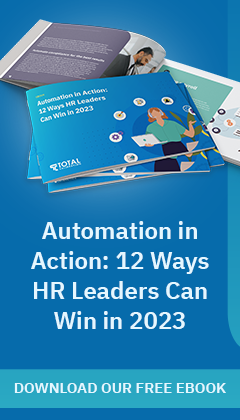Having vacant positions in your company can make you lose business opportunities or cause other setbacks, but filling these up can be difficult if you have a convoluted hiring process. Whether you're a rapidly growing startup or an established enterprise, you'll risk losing young talent to other companies if your hiring process takes too long or doesn’t match the pace of popular digital experiences.
There are many factors that contribute to an inefficient hiring process, like disorganization, lengthy stretches between interviews, or tedious application forms. Streamlining your process will give you better odds of snagging top-notch staff. Consider incorporating these insights for a more creative and streamlined strategy for hiring.
Specific skills
Understand the open position inside and out or know the competencies (knowledge, skills, and abilities) needed for successful job performance. Emphasize must-haves, good-to-haves, and those that are necessary but can be taught on the job or via training seminars. Focus on the specific, tangible hard and soft skills required to make the position a success. Avoid job descriptions that are too general and not realistic — requirements that no one really would be able to satisfy. Creating a prioritized list of skills candidates must possess early on in the process will help you zero in on the right candidates a lot faster.
Automate
Automating parts of the recruitment process involves having the candidate progress through the hiring steps without much intervention of an HR professional. Think of the candidate moving on to an application form after clicking on a job posting online or moving directly to assessments after the application form.
An application tracking system (ATS) is one of those powerful tools for automation. An ATS automates recruiting and staffing operations, and provides a central database for candidate data, including résumés and applications. It also allows HR professionals to efficiently manage every stage of the recruiting process, from application to getting hired.
Most ATS can manage much of the behind-the-scenes recruiting and staffing processes, from distributing job leads to career websites to contacting candidates from databases and more. It can even fulfill the role of a contract recruiter.
Fast track
Screening candidates to find the best one typically comprises of many rounds, tests, and social interactions. For bigger organisations, this can be a long and overdrawn process. There are quicker ways to find your best bet — one that requires less time and energy. For example, conducting panel interviews instead of one-on-one interviews will reduce redundant questions and answers, save time on the whole, and potentially provide deeper insight into company culture.
Knockouts
One way to fast track hiring is to have multiple knockout stages. A knockout stage is basically a pass/fail barrier that will move candidates forward if they meet a predetermined minimum standard and disqualify those who don’t. Asking a candidate questions about basic qualifications and requirements is an example of a knockout stage.
Mobile optimization
Instead of helping you gain intelligent candidates, is your application process keeping them out? Employers with long applications may actually push away great talent. Consider taking the hiring process out of the office and optimizing parts of it for a great mobile experience. Make an application form one page for mobile, instead of multiple pages.
Avoid overselling
Often, companies eventually lose highly skilled employees and talent because they didn’t fit in culturally. Though they had the skills and experience to achieve success in the company, it was discovered later on that they clashed in other ways, particularly with company culture.
One way to avoid such a costly and time-consuming mistake is to be honest in describing what the job is really like, including the drawbacks of the job. Don’t oversell what the job is. Don’t focus only on the positives. This way, you will understand what makes people thrive and what doesn’t. You will then be able to assess if they will work in your culture or not.
Hiring talent that will thrive in your company is never an easy process, but it doesn’t have to be inefficient. Improve HR processes including document organisation, record keeping, onboarding, and more to reduce costs and help your HR team focus on objectives and boost employee morale. Partner with a managed services provider that takes a look at your HR workflows and knows what to improve on. Find out more from Total Calibration.


